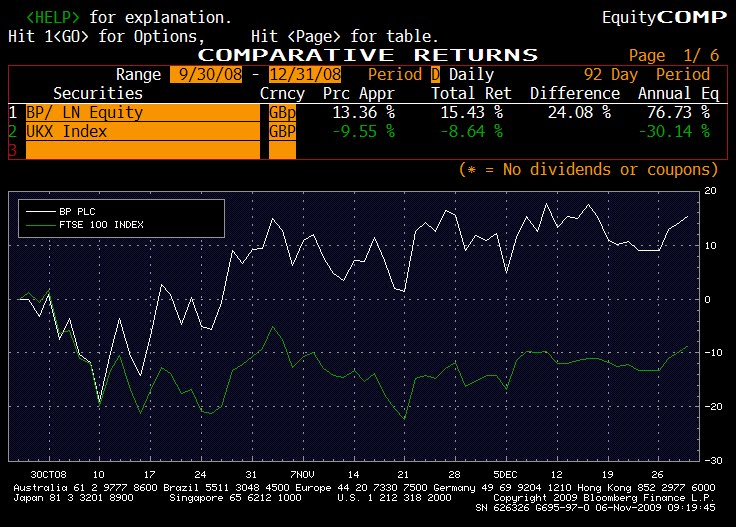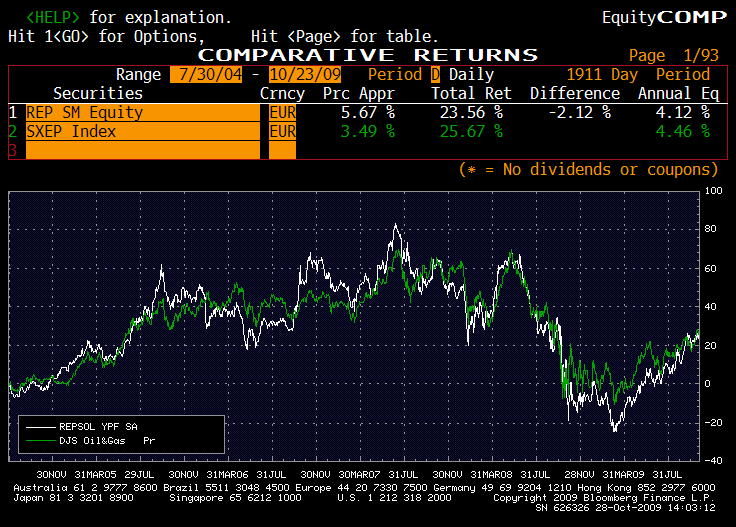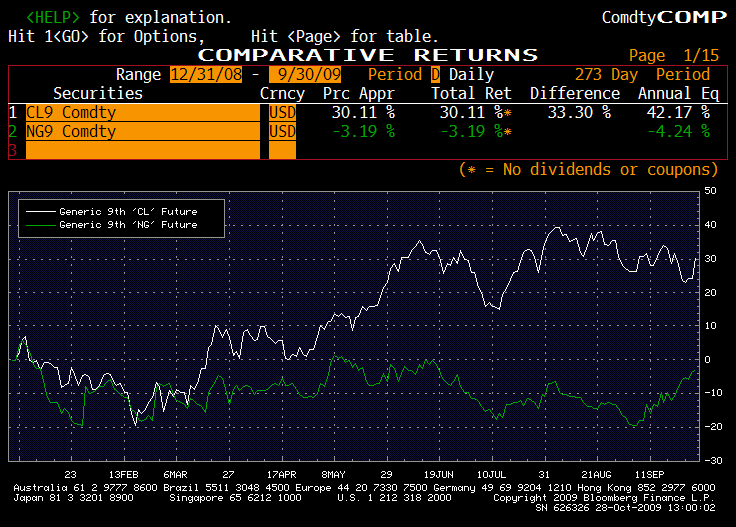Oil continues to drive the commodity complex.Why is oil more buoyant than other commodities?Probably more to do with funds flows and consistently positive macro-economic datapoints (up to the end of week US unemployment data) rather than any specifics relating to the oil market.Could this change near-term: we think not.Next week will see the three main forecasting agencies publish monthly updates; their demand estimates have started to move up (and look to have further to go) but more importantly supply estimates still look too optimistic.
Why is gas not following oil?In the US, the weight of evidence that is pointing to improved productivity means that the US will be self-sufficient even allowing for a reasonable demand recovery in 2010.Outside the US, gas’ recent weakness relates more to higher Qatari and Nigerian LNG exports (maybe 1.5bcf/d), but this is still small in relation to the issue of Gazprom releasing the gas buyers from pipeline deliveries (potentially 6bcf/d).So need to watch those Gazprom negotiations, but we’d stay positive on gas outside the US.
Why is coal no longer following oil?Much of the positive demand trends (eg South Korea) and supply restrictions (Australia and Colombia) remain.However, for once there was a big pick-up in South African exports.Newsflow is scant but we suspect that this could signal the expanded port capacity is becoming operational; which if confirmed could see coal prices give up their sharp contango.
In short, retain a bull view on energy, but recognize that this is becoming confined to oil and gas outside the US.And the risk of higher coal supply out of South Africa, if confirmed, could push us to a bearish stance on thermal coal.
ECONOMIC BACKDROP:
Bull news:
- Chinese October PMI rises to 55.2 v 54.3 prior, and the State Council Research Centre predicts 9.5% Q4 GDP growth
- US October ISM rises to 55.7 v 52.9 prior, while Sept factory orders up 0.9% mom versus -0.8% in August.
- UK Sept Industrial Production up 1.2% mom.
- Bear news:
- US October unemployment rate hits 10.2% against an expectation of a rise to 9.9% from September’s 9.8%.
OIL OUTLOOK: POSITIVE
Bull news:
- Chinese apparent crude oil demand lifted to 3.3% in H1 after declining 1% in H1. Car sales up 76% YoY.
- Yemeni based terrorist activity aimed at Saudi Arabia is increasing, although yet to get much media attention.
Bear news:
- OPEC October output rises, although concentrated in Nigeria.Shell indictes it still has 0.8mbpd shut-in in Nigeria (the lull in rebel activity is unlikely to be permanent but should last beyond the turn of the year).
- Russian oil output tops 10mbpd in October.
GAS OUTLOOK: NEUTRAL
Bulls on US gas are receding rapidly with the weight of evidence about the resilience of US domestic gas production.Bearish gas pricing could spread outside the US but only if Gazprom forces its pipeline gas into Europe, as then surplus LNG would push UK pricing closer to Henry Hub.Gazprom will allow gas buyers to lift less than contract commitments.
US depressed by domestic supply, Europe heading for balance thanks to Gazprom
Bull news:
- Russian Sakhalin LNG is taking one of its two trains down till the year end, taking 0.6bcf/d.
- Ukraine negotiating a postponement in its payment for October gas (from 7th November to 20th November) doesn’t bode well for Gazprom’s ability to push its volumes into Europe, although October itself saw European exports up 3.1bcf/d (19%) mom.
Bear news:
- US official August gas production data showed a 0.5bcf/d increase mom even though this is more than six months after the gas rig rate was in freefall (it declined by over one-third from its September 2008 peak by the end of February 2009).Moreover, Chesapeake’s Q3 beat estimates in part thanks to lower costs.
- Qataris reveal that all three of its new megatrains are at full capacity (totaling 3.2bcfpd and adding 1.5-2.0bcf/d over expectations).
COAL OUTLOOK: Neutral
Bull news:
- Monthly Australian thermal coal exports drop to 10.7mt in September, the lowest since April, as met coal crowds out limited export routes.Exports through Newcastle port though have moved up to 102mt annualised but the assumption must be that this growth continues to be driven by met coal.
- Data from Colombia confirms exports down 4.2mt ytd despite commissioning of new mines.
- South Korean generators take 6.6mt of coal in September, up 19% yoy.
Bear news:
- South African exports jump to 81mt annualized rate in October.Over the summer exports have been way below expectations since the port’s expansion from 72mt annual capacity to 92mt annual capacity was supposed to have been ready in July.This may signal the expanded facilities are now operational.
- Indian inventories continue to build while buyers said to be out of market for 2009 deliveries…


